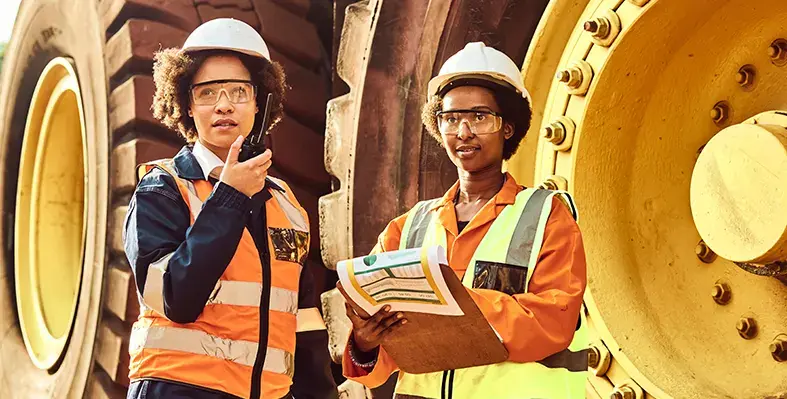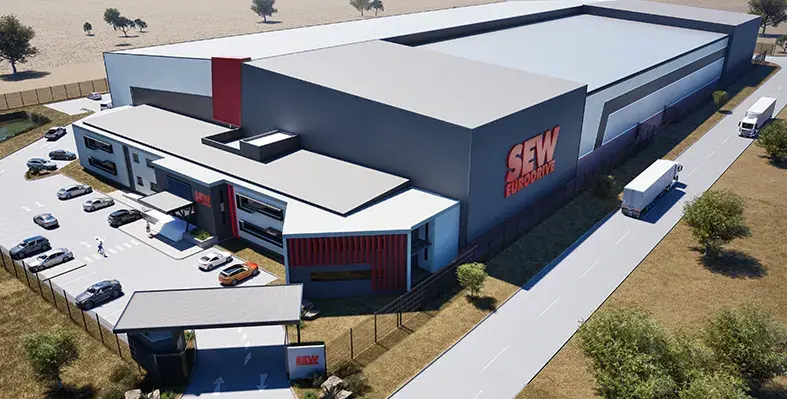Mining giants Anglo American and its diamond business De Beers are to partner South African energy group Sasol to generate feedstock for renewable diesel production in a bid to curb greenhouse gas emissions (GHG)
The companies have entered into a joint development agreement (JDA) that will lead to a pilot project for the production of feedstock for renewable diesel.
It is regarded as an important step for the companies as they look to establish the value chain for renewable fuels in South Africa.
Biofuels, derived from plant material or animal waste, are among the alternative fuels promoted to reduce carbon emissions.
“This is an important initiative to strengthen our commitment to reducing our greenhouse gas emissions by 2040,” said Alison Atkinson, Anglo American’s projects and development director.
“It is an innovation that contributes to our sustainability journey as a business and our quest to maintain a healthy environment by creating carbon neutral operations.”
Signed against the backdrop of the Investing in African Mining Indaba in Cape Town, the objective of the JDA is to assess the technical and commercial viability of feedstock production, starting with Solaris and Moringa plantations to generate vegetable oil.
Sasol’s existing assets can take a variety of feedstocks, enabling them to produce renewable diesel using vegetable oil quicker than greenfield projects and at lower costs.
“We worked closely with our De Beers colleagues to conceive this partnership given their pre-feasibility studies on renewable diesel production trials within their mining operations and host communities. De Beers is also providing the more than 20-hectare pieces of land on which the trial feedstock will be grown, in Blouberg, Messina; Marble Hall in Limpopo; and the Voorspoed mine closure site in the Free State,” added Atkinson.
Although renewable diesel production in South Africa is not yet at a commercial scale, recent market engagements indicate that the country’s renewable fuels market is promising, driven by end customer demands and their decarbonisation targets, a statement by Sasol read.
“Renewable diesel is transformative,” said Dr Sarushen Pillay, executive vice-president of Sasol’s business building, strategy and technology portfolio, speaking at the signing ceremony. “It meets the technical standards of conventional diesel while significantly reducing greenhouse gas emissions. Our customers can therefore, use it as a ‘drop-in’ fuel in their existing equipment and machinery to meet their greenhouse gas reduction commitments.”
“Partnering with Anglo American, we're investigating the development of a local and cost-effective supply chain for sustainable feedstock, utilising vegetable oil to produce renewable diesel in our facilities. As we innovate for a better world, Sasol’s ambition is clear — to help our customers navigate the energy transition while delivering high-quality, sustainable solutions for a low-carbon future,” concluded Pillay.








